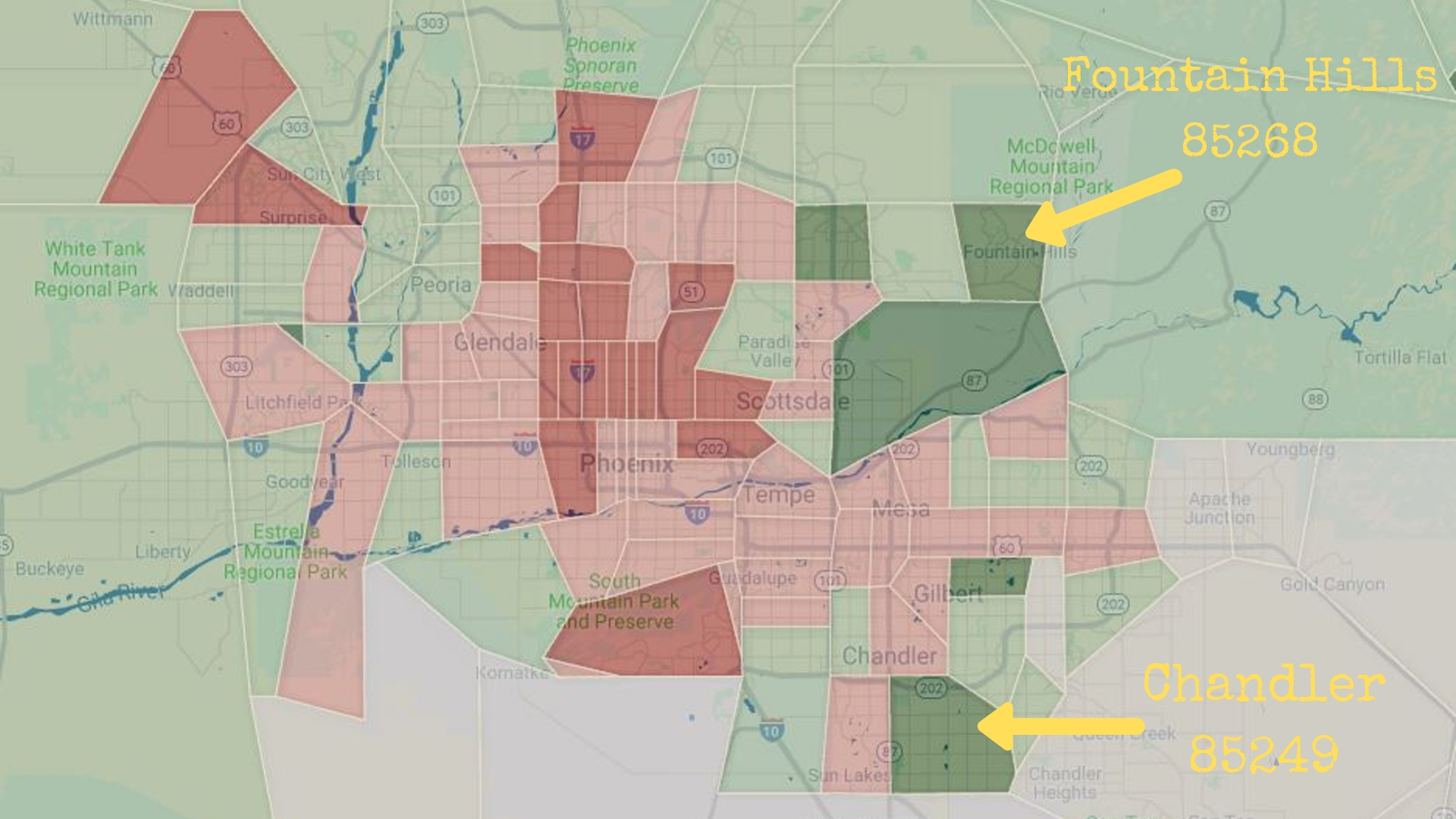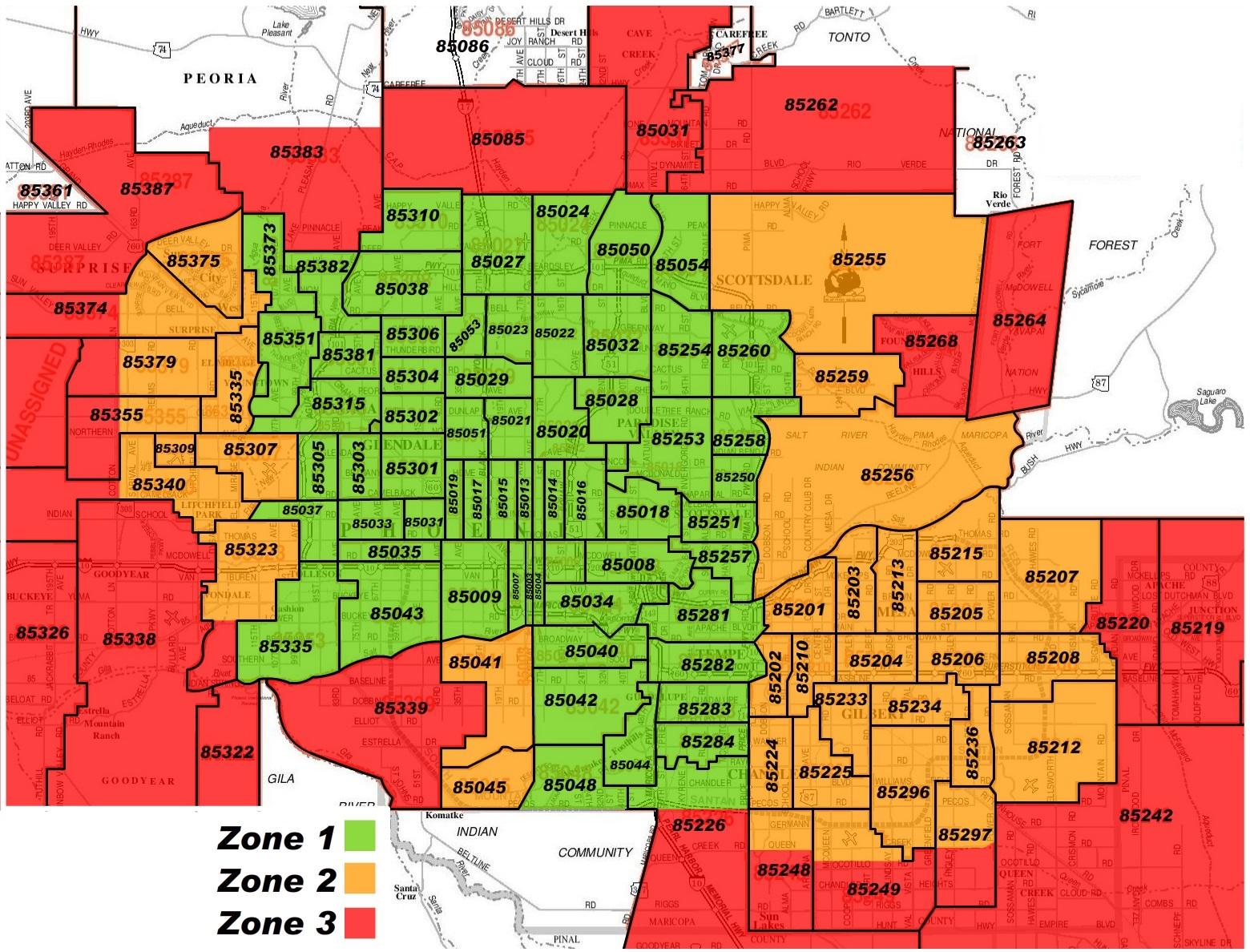Phoenix, Arizona, is one of the fastest-growing cities in the United States, and its telephone area codes play an essential role in communication and connectivity. As the city expands, understanding the area code system becomes increasingly important for residents and businesses alike. In this article, we will explore the history, usage, and significance of the area code in Phoenix, Arizona.
Phone numbers serve as a fundamental part of daily life, and the area code is an integral component of that system. For Phoenix residents, knowing the area codes helps facilitate smoother communication and provides valuable information about geographic locations.
Whether you're a new resident, a business owner, or simply curious about telecommunications in Phoenix, this guide will provide all the insights you need to understand the area code system in Arizona's capital city.
Read also:Lilly Bloomes A Rising Star In The Spotlight
Table of Contents
- The History of Area Codes in Phoenix, Arizona
- Current Area Codes in Phoenix
- Geographic Coverage of Area Codes
- Understanding Overlay Area Codes
- Impact on Businesses in Phoenix
- Residential Use of Area Codes
- Regulations and Oversight of Area Codes
- Future Trends in Area Code Expansion
- Tips for Managing Area Codes
- Conclusion
The History of Area Codes in Phoenix, Arizona
Area codes were first introduced in the United States in 1947 as part of the North American Numbering Plan (NANP). Phoenix, Arizona, was initially assigned the area code 602 in 1952, which covered the entire state of Arizona. Over the years, as the population of Phoenix grew exponentially, additional area codes were introduced to accommodate the increasing demand for phone numbers.
The history of area codes in Phoenix reflects the city's rapid development and expansion. As telecommunications technology evolved, the need for more efficient number allocation systems became apparent, leading to the introduction of overlay area codes.
Today, the area code system in Phoenix is a testament to the city's growth and the importance of telecommunications in modern life.
Current Area Codes in Phoenix
Currently, the city of Phoenix utilizes multiple area codes to meet the demands of its growing population. The primary area codes include:
- 602 - The original area code for Phoenix and the surrounding areas.
- 480 - Introduced in 1993 to serve the eastern parts of the metropolitan area.
- 520 - Originally assigned to Tucson, this code now overlaps with parts of the Phoenix region.
- 623 - Added in 2001 to serve the western suburbs of Phoenix.
These area codes ensure that the telecommunications infrastructure can support the city's expanding needs.
Geographic Coverage of Area Codes
Mapping Area Codes Across Phoenix
Each area code in Phoenix covers specific geographic regions, which can sometimes overlap due to the introduction of overlay codes. For example:
Read also:Jasmine Byrne Unveiling The Life And Achievements Of A Remarkable Actress
- 602 primarily serves central Phoenix and parts of the Valley of the Sun.
- 480 covers cities such as Chandler, Gilbert, and Mesa in the eastern metropolitan area.
- 520 extends into southern Arizona but also overlaps with certain areas in Phoenix.
- 623 serves the western suburbs, including Goodyear, Avondale, and Buckeye.
Understanding the geographic boundaries of each area code is crucial for businesses and residents alike.
Understanding Overlay Area Codes
What Are Overlay Area Codes?
Overlay area codes are introduced when the existing area code runs out of available numbers. Instead of creating a new geographic boundary, the overlay area code coexists with the existing code in the same region. In Phoenix, the 623 area code serves as an overlay for parts of the 602 and 480 regions.
This system allows for more efficient use of telephone numbers without disrupting existing services. However, it may require residents and businesses to dial the area code even for local calls.
Impact on Businesses in Phoenix
For businesses operating in Phoenix, understanding area codes is essential for effective communication and marketing strategies. Companies often use local area codes to establish a sense of community and trust with their customers. Additionally, businesses must adapt to overlay codes by ensuring their advertising materials include the full phone number, including the area code.
As Phoenix continues to grow, businesses must stay informed about changes in the area code system to maintain seamless operations.
Residential Use of Area Codes
Residential users in Phoenix benefit from the area code system by having access to a wide range of communication options. Whether making local calls or connecting with family and friends across the country, area codes play a vital role in facilitating these interactions.
Residents should also be aware of the potential need to dial the area code for local calls due to the presence of overlay codes. This awareness helps prevent misdialing and ensures smooth communication.
Regulations and Oversight of Area Codes
The Federal Communications Commission (FCC) oversees the allocation and regulation of area codes in the United States. In Phoenix, the Arizona Corporation Commission (ACC) works alongside the FCC to manage the area code system and ensure compliance with federal guidelines.
These regulatory bodies aim to maintain an efficient and fair distribution of telephone numbers while addressing the needs of growing communities like Phoenix.
Future Trends in Area Code Expansion
Predicting the Need for New Area Codes
As Phoenix continues to experience rapid population growth, the demand for new telephone numbers is likely to increase. This trend may lead to the introduction of additional area codes or further expansion of overlay codes in the region.
Technological advancements, such as the rise of VoIP (Voice over Internet Protocol) services, may also influence the future of area codes in Phoenix. These innovations could result in more flexible numbering systems that adapt to the changing needs of residents and businesses.
Tips for Managing Area Codes
To navigate the area code system in Phoenix effectively, consider the following tips:
- Stay informed about changes in area codes and overlays.
- Update contact information to include the full phone number, including the area code.
- Verify the geographic coverage of each area code when communicating with local contacts.
- Use caller ID services to identify incoming calls from specific area codes.
By following these guidelines, residents and businesses in Phoenix can ensure smooth and efficient communication.
Conclusion
Understanding the area code system in Phoenix, Arizona, is essential for both residents and businesses. From the history of area codes to the current landscape of multiple codes and overlays, this guide has provided comprehensive insights into the telecommunications infrastructure of the city.
As Phoenix continues to grow, staying informed about area code developments will help ensure seamless communication and connectivity. We encourage readers to share this article with others and explore related content on our website for further information.
Feel free to leave comments or questions below, and don't forget to subscribe to our newsletter for updates on telecommunications and other relevant topics.
Data Sources:

